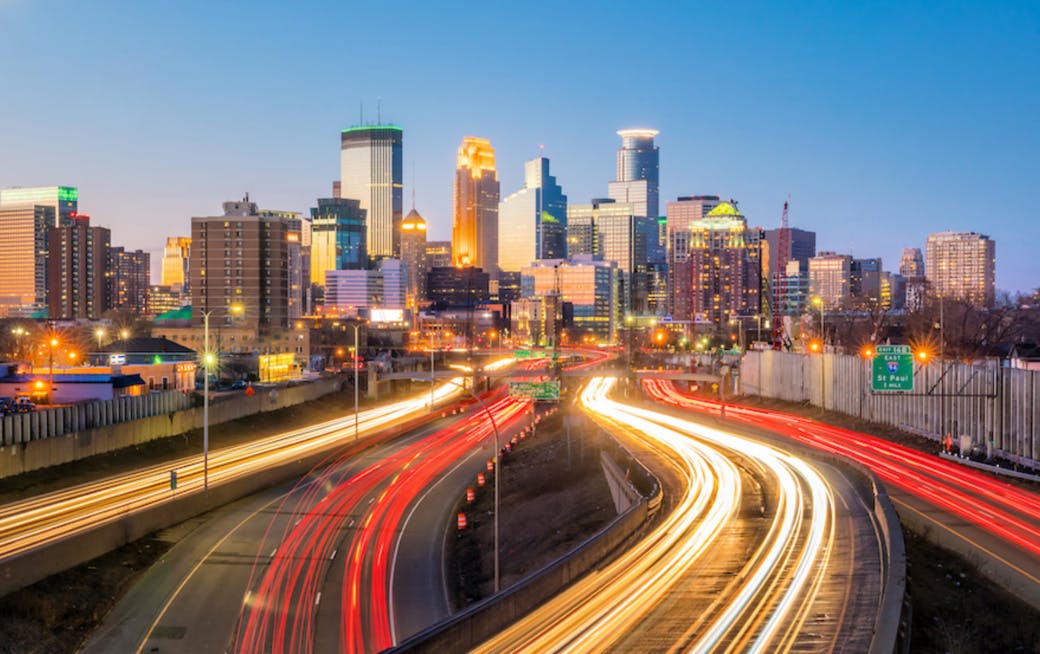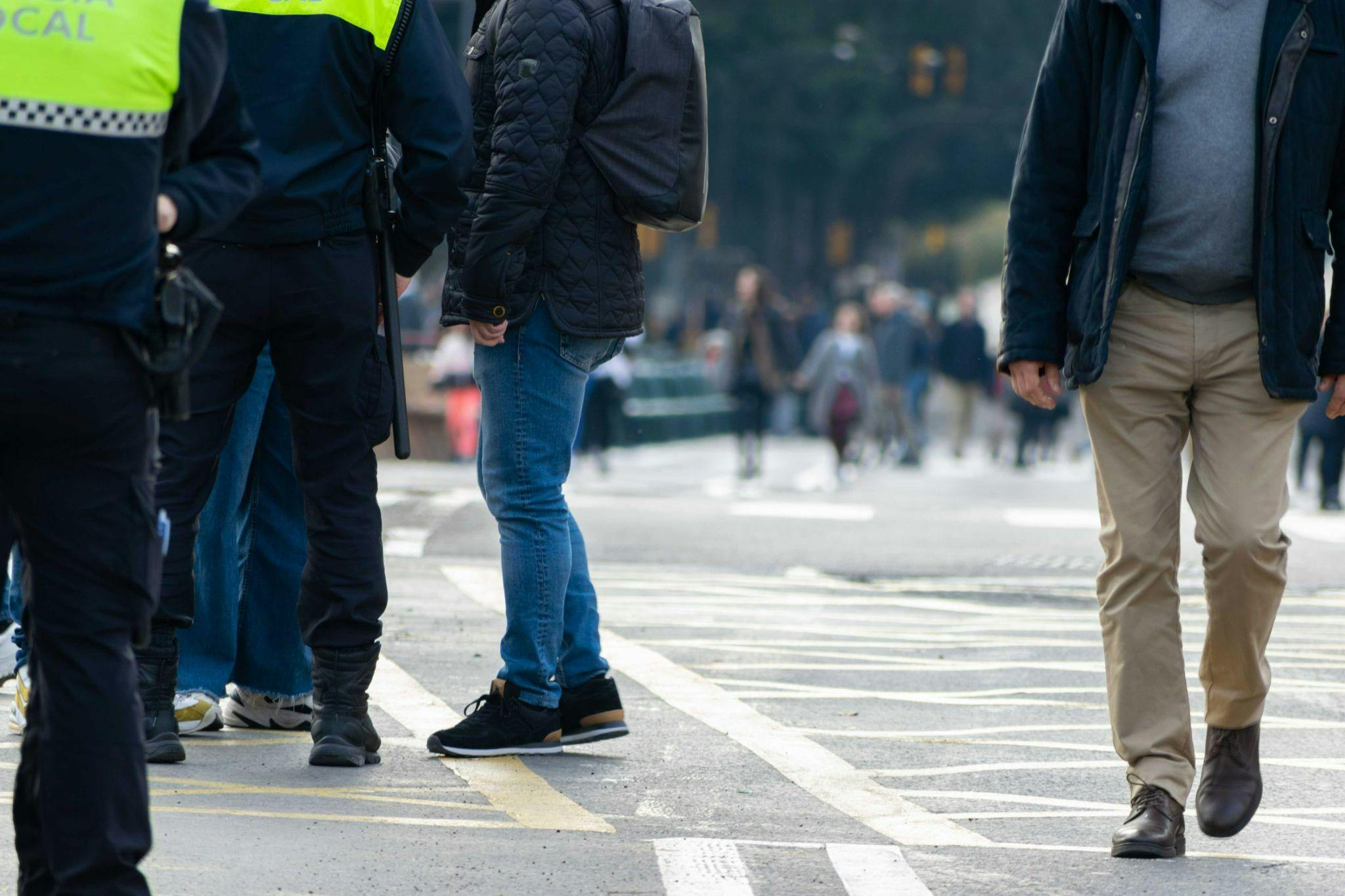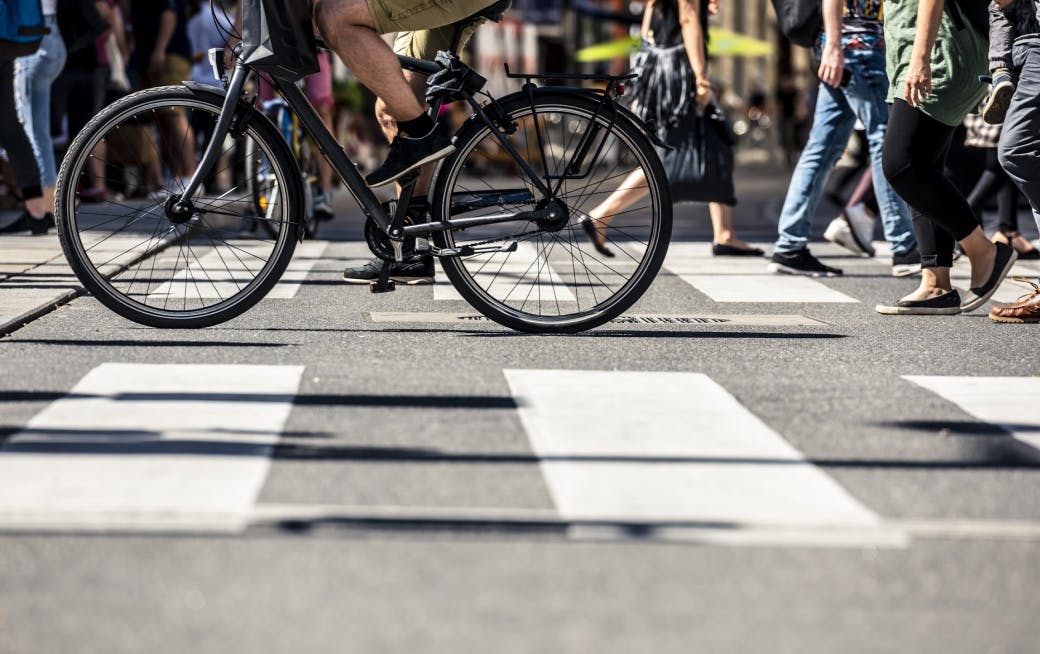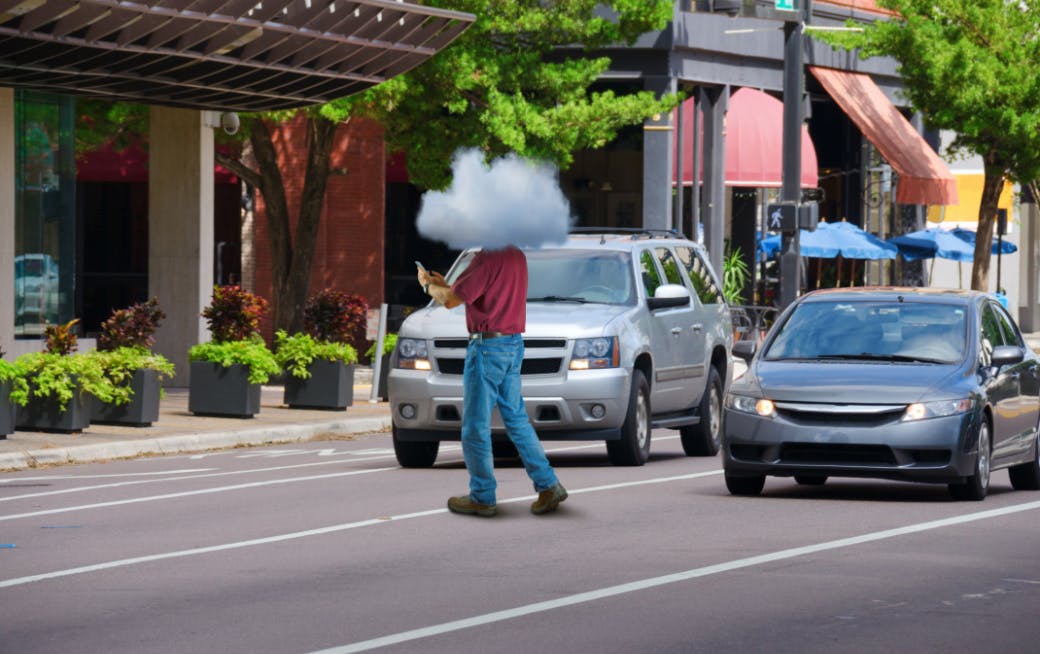The Most Dangerous Intersections in Minnesota

Intersections can be a dangerous part of any commute due to their confluence of traffic, people, and bicycles. Add to that mix drivers not following the rules of the road or pedestrians not obeying cross signals, and you have a recipe for an accident.
Minnesota has seen its fair share of intersection accidents this year. Here’s what often causes intersection accidents and what the state is doing to try to reduce the number of cases.
Common causes of pedestrian-vehicle accidents
Drivers can make mistakes easily at intersections by not following the rules of the road. Pedestrians can also cause accidents by crossing into traffic without traffic signals or crossing in places where there are no crosswalks.
The most common times for pedestrian-car collisions happen between 6 and 7 PM. Slush, sleet, and snowy conditions can also contribute to accidents both with vehicles and pedestrians. Road conditions affect the driver’s ability to stop promptly, which can cause everything from fender benders to bodily harm.
Did you know that two-thirds of vehicle-pedestrian accidents happen at intersections in Minnesota? Often, the person affected has only one foot in the crosswalk when they are hit. While 62% of pedestrian accidents are the driver’s fault, 33% are blamed on the person walking or crossing.
Minnesota’s most dangerous intersections
According to a 10-year study by the National Highway Traffic Safety Administration, the most dangerous intersection in Minnesota is Highway 14 & 15. If you’re a pedestrian in Minneapolis, be extra careful at Lake Street and Lyndale Avenue as well. With 24 crash records in a decade, this intersection has been deemed the most dangerous for pedestrians in the city
The most dangerous intersections in Minneapolis for pedestrians include:
- Lake Street and Lyndale Avenue
- Lake Street West at Blasdale Avenue
- Cedar Avenue South at Cedar Avenue
- 4th Street North at 1st Avenue
- Hennepin Avenue South at Lagoon Avenue
State authorities are working on solutions
Authorities have looked for ways to reduce the number of fatal crashes on some Minnesota intersections by introducing roundabouts. Roundabouts have been proven to reduce the number of fatal crashes by 86%. Due to their design that allows roundabout intersections to handle high levels of traffic with less delay but forces the slow down of traffic with their curved design. This not only makes entering and exiting easier, but it also slows vehicles down, which ultimately reduces the likelihood of high-speed collisions that can lead to fatalities.
The state is also taking steps to adopt more Reduced Conflict Intersections as well. RCIs, like roundabouts, reduce fatalities significantly - by 70% for fatalities and 42% in overall injuries. These reduced conflict intersections can achieve such high reduction numbers due to their design, which alleviates the likelihood of broadside or T-bone style crashes. While a typical four-lane highway intersection has 42 possible conflict points, an RCI designed intersection only has about 18.










